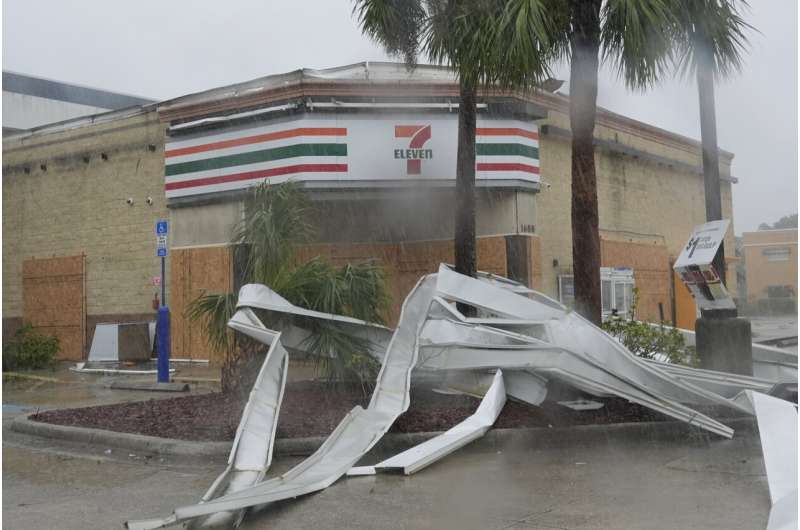Hurricane Milton’s wrath in Florida took an unexpected and deadly turn, as powerful tornadoes ripped through the state before the hurricane even made landfall. These twisters, described as “much closer to what we see in the Great Plains in the spring,” caused significant damage and claimed lives, highlighting the growing intensity of hurricanes due to climate change. This blog post delves into the science behind this rare occurrence, the potential connection to global warming, and the steps communities can take to prepare for such extreme weather events. Hurricanes and Tornadoes are two of the most destructive natural phenomena on Earth.

Tornadoes Before Landfall: An Unprecedented Sight
As Hurricane Milton approached the Florida coast, a series of powerful tornadoes ripped through the state, catching residents and authorities by surprise. These twisters, described as “much closer to what we see in the Great Plains in the spring,” caused significant destruction, tearing off roofs, overturning vehicles, and sending debris flying through the air.
According to the National Oceanic and Atmospheric Administration (NOAA), tornadoes spawned by hurricanes and tropical storms typically occur in the right-front quadrant of the storm, or near the storm’s eyewall. However, the tornadoes associated with Hurricane Milton were unusually fierce, and their appearance before the hurricane’s actual landfall was highly unusual. “It’s definitely out of the ordinary,” said Victor Gensini, a meteorology professor at Northern Illinois University. “Hurricanes do produce tornadoes, but they’re usually weak.”
The Science Behind the Tornado Outbreak
The combination of heat, humidity, and wind shear present in the atmosphere during Hurricane Milton created the perfect conditions for the spawning of these powerful tornadoes. “There’s an incredible amount of swirling going on,” Gensini explained. “Those tornadoes were just in a very favorable environment.”
According to the National Weather Service, the tornadoes were likely fueled by the warm, moist air being pulled into the hurricane’s circulation, which can lead to the formation of supercell thunderstorms and the development of tornadoes. Additionally, the changes in wind direction and speed with height, known as wind shear, contributed to the twisters’ ferocity. This rare and dangerous scenario highlights the growing intensity of hurricanes due to climate change, as warmer ocean temperatures provide more energy for these storms to grow.
Preparing for the Unexpected: Lessons from Hurricane Milton
The outbreak of powerful tornadoes associated with Hurricane Milton serves as a stark reminder of the need for communities to be prepared for the unexpected. While Florida is no stranger to hurricanes, the appearance of these deadly twisters before landfall is a relatively rare occurrence, making it crucial for residents and emergency responders to be vigilant and ready to act.
As climate change continues to influence the intensity and behavior of hurricanes, it’s essential for local authorities to review and update their emergency response plans, ensuring they are equipped to handle the potential for tornado outbreaks alongside the traditional hurricane threats. Additionally, community education and awareness campaigns can empower residents to take proactive measures to protect themselves and their homes, such as having a designated safe room and regularly practicing emergency drills. By being prepared for the unexpected, we can minimize the impact of such extreme weather events and protect lives in the face of an ever-changing climate.
